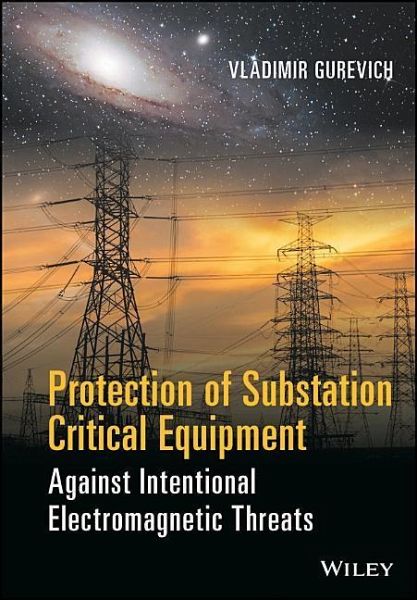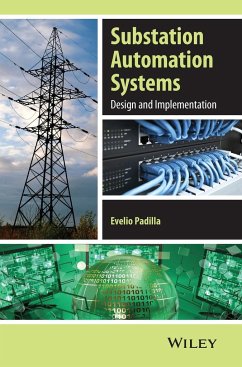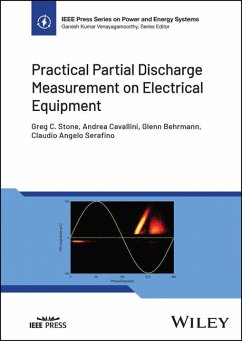
Protection of Substation Critical Equipment Against Intentional Electromagnetic Threats
Versandkostenfrei!
Versandfertig in über 4 Wochen
113,99 €
inkl. MwSt.
Weitere Ausgaben:

PAYBACK Punkte
57 °P sammeln!
The modern microprocessor based electronic equipment most vulnerable to Intentional Destructive Electromagnetic Interferences (IDEI) includes High-Altitude Electromagnetic Pulse (HEMP) in all substation equipment. However, power equipment and especially transformers are also subject to the influence of HEMP. The book discusses problems and solutions for both kinds of substation equipment. Separated into eight chapters, the book covers: Technological progress and its consequences; Intentional Destructive Electromagnetic Interferences (IDEI); Methods and means of Digital Protective Relay (DPR) p...
The modern microprocessor based electronic equipment most vulnerable to Intentional Destructive Electromagnetic Interferences (IDEI) includes High-Altitude Electromagnetic Pulse (HEMP) in all substation equipment. However, power equipment and especially transformers are also subject to the influence of HEMP. The book discusses problems and solutions for both kinds of substation equipment. Separated into eight chapters, the book covers: Technological progress and its consequences; Intentional Destructive Electromagnetic Interferences (IDEI); Methods and means of Digital Protective Relay (DPR) protection from electromagnetic pulse; Passive methods and means of DPR protection from electromagnetic pulse; Active methods and means of DPR protection from electromagnetic pulse; Tests of DPR resistance to IDEI impacts; Organizational and technical measures to protect DPR from HEMP; and Protection of power equipment and transformers from HEMP. Key features: - Practical approach focusing on technical solutions for difficult problems. - Full data on electromagnetic threats and methods of their prevention are concentrated. - Addresses a gap in knowledge in the power system industry. This book emphasizes practical recommendations on protection of power substations' electric equipment from IDEI that intended for not only staff operating electric equipment, but also for manufacturers of this equipment, specialists of designing companies, managers of electric energy industry as well as for teachers and postgraduate students.













